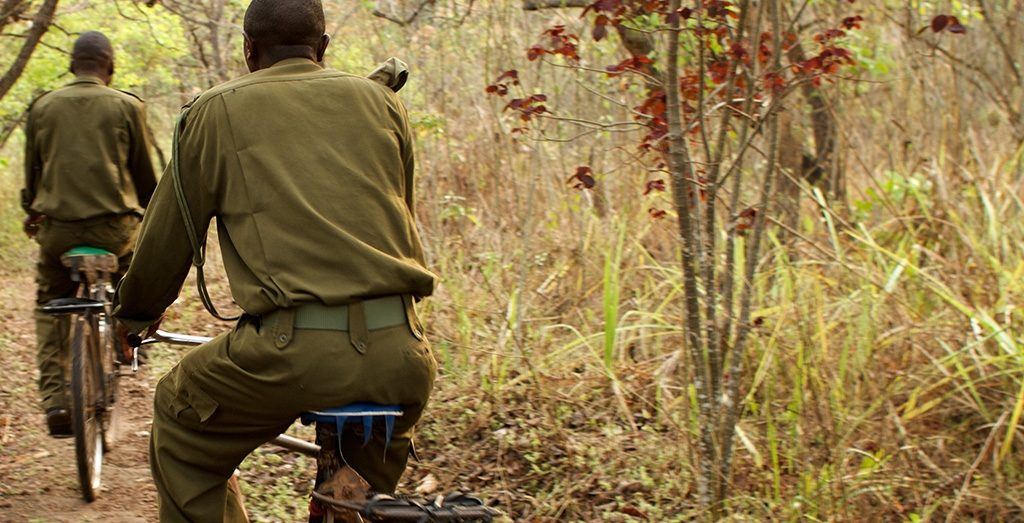I’m doing a lot of hot-off-the-press pointing at the moment – the Hazda, Tanzania’s Maasai Steppes, the mixed land approaches of the likes of the Northern Rangelands Trust – but there’s a lot going on, especially in terms of conservation, as Sophy Roberts points out in The Wild Philanthropists, published in this month’s Robb Report.
It’s a long and important piece, one in which Sophy rightly notes the slightly different ways various organisations and individuals – African Parks, Michael Lorentz, the Milton Group, Geographic Expeditions, the Friedkin Fund and our own Wild Philanthropy – are helping to introduce a new breed of philanthropist to ‘parts of the African continent where frontline conservation is taking place but mainstream tourism has yet to penetrate.’
This short note hardly does The Wild Philanthropists justice, given the time and depth with which Sophy explores the many issues, particularly the way in which the above mentioned structure their approaches. However, whatever the complexities, it’s worth reiterating a point the article makes time and again, either explicitly or by mode of example: there’s a need; there’s a want; and there’s a solution, one that, as Mike Lorentz says, brings tourism, conservation and philanthropy ‘together in a very real sense.’
And none too soon. The Wild Philanthropists begins with the death of five elephants in Ethiopia. It highlights the fact that in Africa ‘an elephant is killed every 15 minutes, a rhino every 8 hours.’ Conservation, says Sophy, is a dangerous work, as exemplified by the recent death of Virunga National Park ranger Patrick Prince Muhayirwa, who was the last of now over 150 rangers to have died protecting the mountain gorilla. On a personal note, the article ends with a reminder of the death – at the hands of poachers – of the Tanzania-based pilot-ranger Richard Gower, who I knew and worked with, and who flew Sophy on one of the trips that served as a fact finder for The Wild Philanthropists. If ever there was a need for the care of those ‘deep pocketed individuals’, and for the organisations with the wherewithal to make their contributions stick, then there really is no time like the present. The past’s the past and we’re short on the future.

